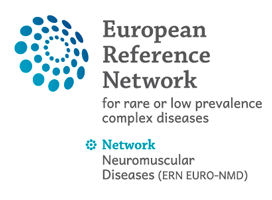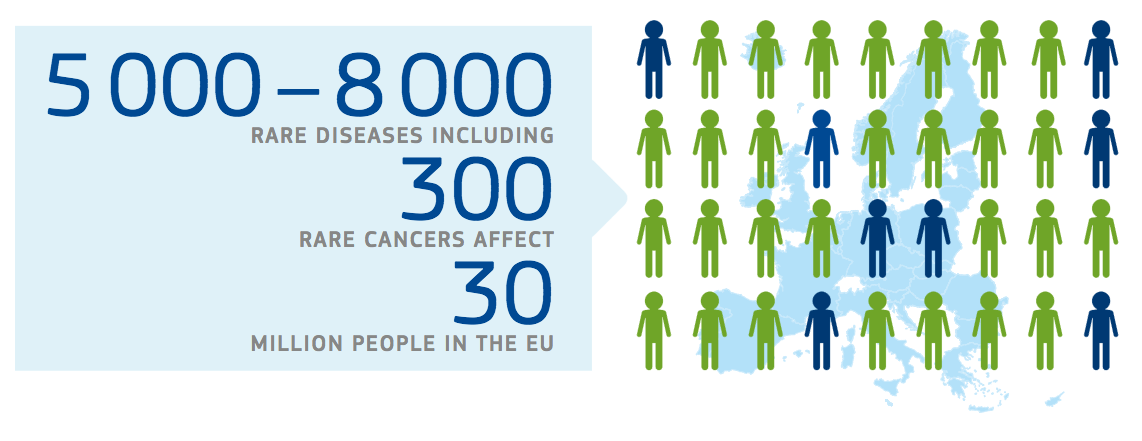Between 5 000 and 8 000 rare diseases affect the daily lives of around 30 million people in the EU. For example, in the field of oncology alone, there are almost 300 different types of rare cancers and each year more than half a million people in Europe are diagnosed with one of them.
Many of those affected by a rare or complex condition do not have access to diagnosis and high-quality treatment. Expertise and specialist knowledge may be scarce because patient numbers are low.
The EU and national governments are committed to improving the recognition and treatment of these rare and complex conditions by strengthening European-level cooperation and coordination and supporting national plans for rare diseases.
The 2011 Directive on Patients’ Rights in Cross-border Healthcare not only enables patients to be reimbursed for treatment in another EU Member State but also makes it easier for patients to access information on healthcare and thus increase their treatment options.
The Directive became law in EU Member States in 2013 and emphasises the value of eHealth and the importance of interoperability in national health IT systems in facilitating information sharing. It is against this backdrop that, with the support of the EU Health Programme, the first 24 European Reference Networks started their activities in 2017.


